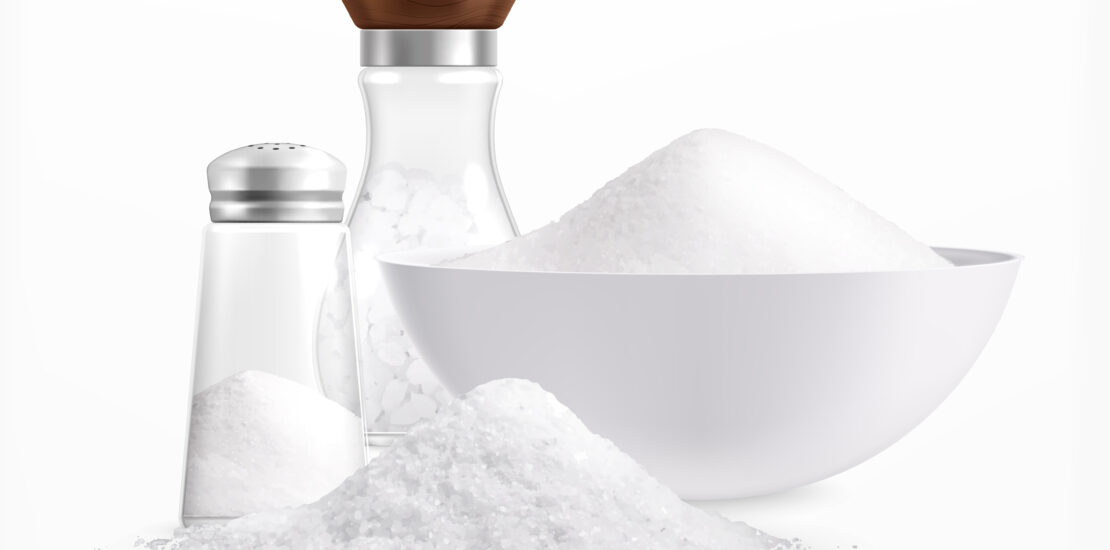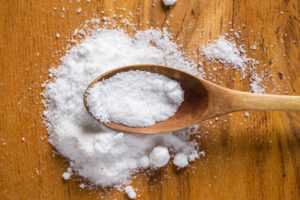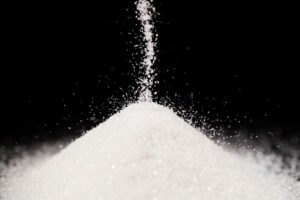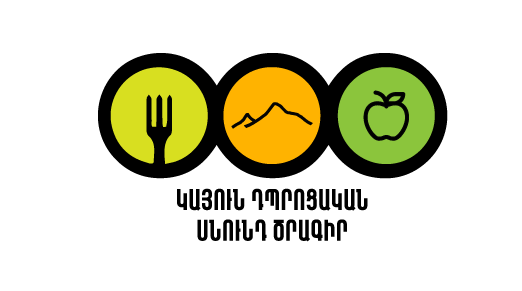- February 3, 2024

Salt, that plain and simple salt…
The symbol of respect, victory, wealth, abundance, friendship, loyalty, and good luck.
In the episodes of Armenian history, salt is indispensable with bread. It was the first to welcome the victorious king and the army, and before the decisive battles, the brave men swore with salt and bread to spare no effort for the sake of the motherland.
The white gold of traditions and rituals, without which even today it is impossible to imagine our everyday life and kitchen, hovers on the border between being beneficial and harmful. One of the most common ingredients used in food, without which many people cannot even fathom a meal, imparts flavor to dishes and is also utilized as a food preservative, extending the shelf life of many dishes.
Sodium in salt is an important mineral for the human body, but the body only needs sodium in small amounts. Excessive consumption of this mineral can lead to health problems such as high blood pressure, heart issues, and kidney disease.

What is the acceptable daily intake of salt?
The recommended maximum dose of salt, according to the World Health Organization (WHO), is 5 grams for adults, and the maximum allowable amount for children aged 2-15 should be less than this figure, almost half. Meanwhile, the volume of its use in Armenia is twice the threshold set by the WHO.
According to the data from the research conducted using the WHO STEPS methodology, 35% of the adult population always or often add salt to food while eating, and 71% always add salt when cooking at home.

What happens if children consume too much salt?
- The excessive consumption of salt during childhood leads to the formation of incorrect eating behavior.
- A high-salt diet during childhood can raise blood pressure, thus increasing the risk of cardiovascular disease.
Minimizing salt in children’s diets is a priority for many parents, but it’s not an easy task. Here are some tips to help you reduce your salt intake:
- Focus on fresh food.
Use foods without adding extra salt. Fruits, vegetables, fresh meat, poultry, fish, dry beans, eggs, milk, yogurt, and grains like rice do not need added salt. If you succeed, you will have overcome the overuse of salt in one step.
- Limit foods that are high in salt.
Some foods are very high in salt, such as chips, pretzels, salty popcorn, salty beans, pickles, sausages, etc. Reduce the consumption of such foods, and look for low-salt or no-salt options.
- Try new flavors.
Instead of salt, experiment with other seasonings such as herbs, spices, garlic, vinegar, onion powder or dried onion, coriander seed, ginger, black pepper, or lemon juice.
- Read food labels.
When you buy food for your family at the market, check the nutrition labels, and if possible, choose options that are low in sodium or salt.
- Allow your taste buds to adjust to a salt-free menu.
It takes time to get used to the taste of dishes with a small amount of salt. Foods with low salt content may seem unattractive and tasteless at first, but over time, it is possible to get used to them, and moreover, to feel the individual taste of each food sharper and more pronounced.

